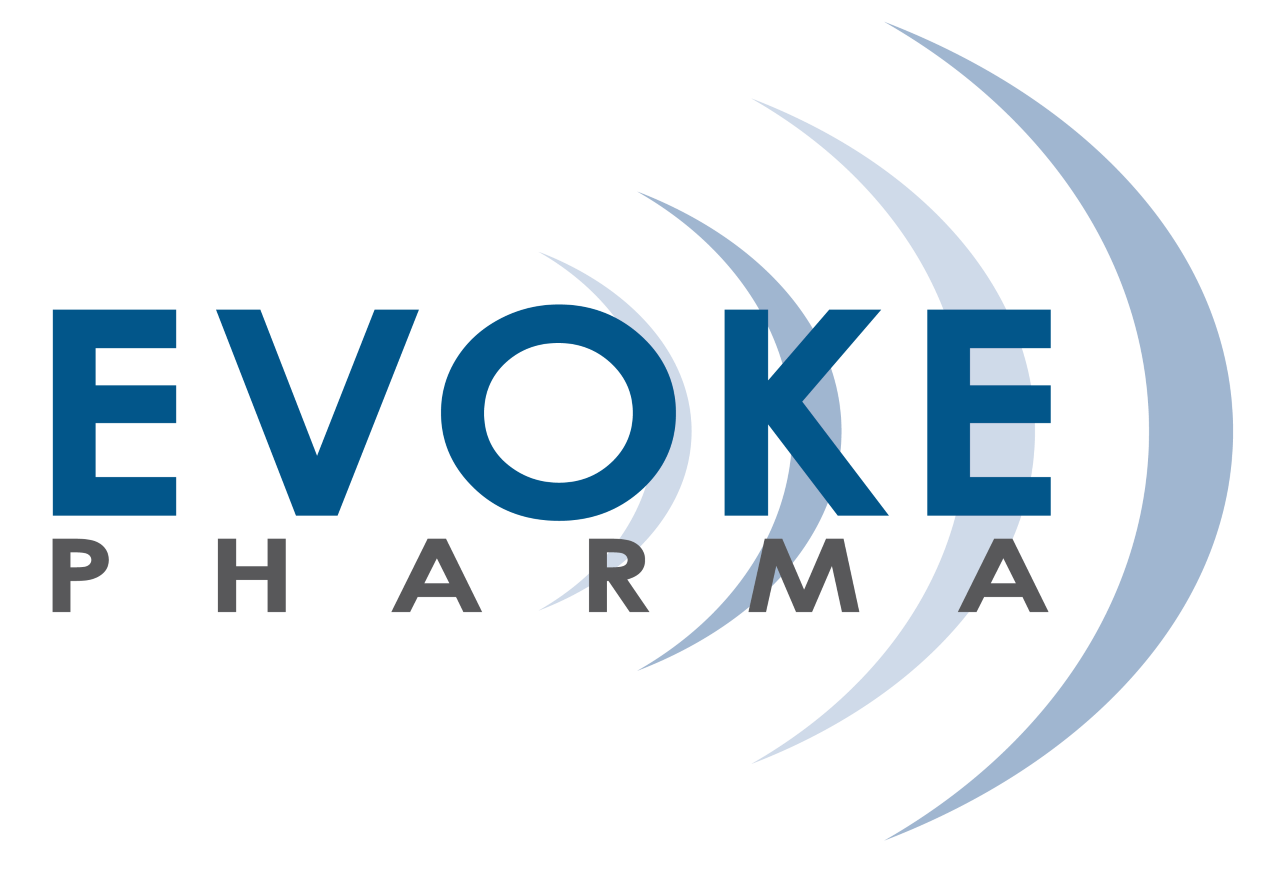What is inflammatory bowel disease?
Inflammatory bowel disease (IBD) is characterized by chronic irritation and ulcers in the gastrointestinal tract; Crohn’s disease and ulcerative colitis are the most common disorders. The disorders can develop in any age group but are usually diagnosed between the ages of 15 and 30.
What is Crohn’s disease?

The digestive system
Crohn’s disease is an ongoing disorder that causes inflammation of the digestive tract, also referred to as the gastrointestinal (GI) tract. Crohn’s disease can affect any area of the GI tract, from the mouth to the anus, but it most commonly affects the lower part of the small intestine, called the ileum. The swelling extends deep into the lining of the affected organ. The swelling can cause pain and can make the intestines empty frequently, resulting in diarrhea.
Crohn’s disease is an inflammatory bowel disease, the general name for diseases that cause swelling in the intestines. Because the symptoms of Crohn’s disease are similar to other intestinal disorders, such as irritable bowel syndrome and ulcerative colitis, it can be difficult to diagnose. Ulcerative colitis causes inflammation and ulcers in the top layer of the lining of the large intestine. In Crohn’s disease, all layers of the intestine may be involved, and normal healthy bowel can be found between sections of diseased bowel.
Crohn’s disease affects men and women equally and seems to run in some families. About 20 percent of people with Crohn’s disease have a blood relative with some form of inflammatory bowel disease, most often a brother or sister and sometimes a parent or child. Crohn’s disease can occur in people of all age groups, but it is more often diagnosed in people between the ages of 20 and 30. People of Jewish heritage have an increased risk of developing Crohn’s disease, and African Americans are at decreased risk for developing Crohn’s disease.
Crohn’s disease may also be called ileitis or enteritis.
What is Ulcerative colitis?
Source: NIH Publication No. 06–1597, February 2006

Ulcerative colitis is a disease that causes inflammation and sores, called ulcers, in the lining of the rectum and colon. Ulcers form where inflammation has killed the cells that usually line the colon, then bleed and produce pus. Inflammation in the colon also causes the colon to empty frequently, causing diarrhea.
When the inflammation occurs in the rectum and lower part of the colon it is called ulcerative proctitis. If the entire colon is affected it is called pancolitis. If only the left side of the colon is affected it is called limited or distal colitis.
Ulcerative colitis is an inflammatory bowel disease (IBD), the general name for diseases that cause inflammation in the small intestine and colon. It can be difficult to diagnose because its symptoms are similar to other intestinal disorders and to another type of IBD called Crohn’s disease. Crohn’s disease differs because it causes inflammation deeper within the intestinal wall and can occur in other parts of the digestive system including the small intestine, mouth, esophagus, and stomach.
Ulcerative colitis can occur in people of any age, but it usually starts between the ages of 15 and 30, and less frequently between 50 and 70 years of age. It affects men and women equally and appears to run in families, with reports of up to 20 percent of people with ulcerative colitis having a family member or relative with ulcerative colitis or Crohn’s disease. A higher incidence of ulcerative colitis is seen in Whites and people of Jewish descent.
Crohn’s & Colitis Foundation
733 3rd Avenue, Suite 510
New York, NY 10017
Phone: 1–888–MY–GUT–PAIN
Email: info@crohnscolitisfoundation.org
Website: www.crohnscolitisfoundation.org
United Ostomy Associations of America, Inc.
UOAA
P.O. Box 66
Fairview, TN 37062-0066
Phone: 800-826-0826
Email: info@uoaa.org
Website: www.uoaa.org
The National Digestive Diseases Information Clearinghouse (NDDIC) is a service of the National Institute of Diabetes and Digestive and Kidney Diseases (NIDDK). The NIDDK is part of the National Institutes of Health (NIH) under the U.S. Department of Health and Human Services.
Publications produced by the Clearinghouse are carefully reviewed by both NIDDK scientists and outside experts. For the complete NIH articles on Crohn’s Disease and on Ulcerative Colitis go to the NDDIC web site. This NIH material is not copyrighted.
Adapted from NIH Publication No. 06–3410, February 2006; the text of this article is not copyrighted.















